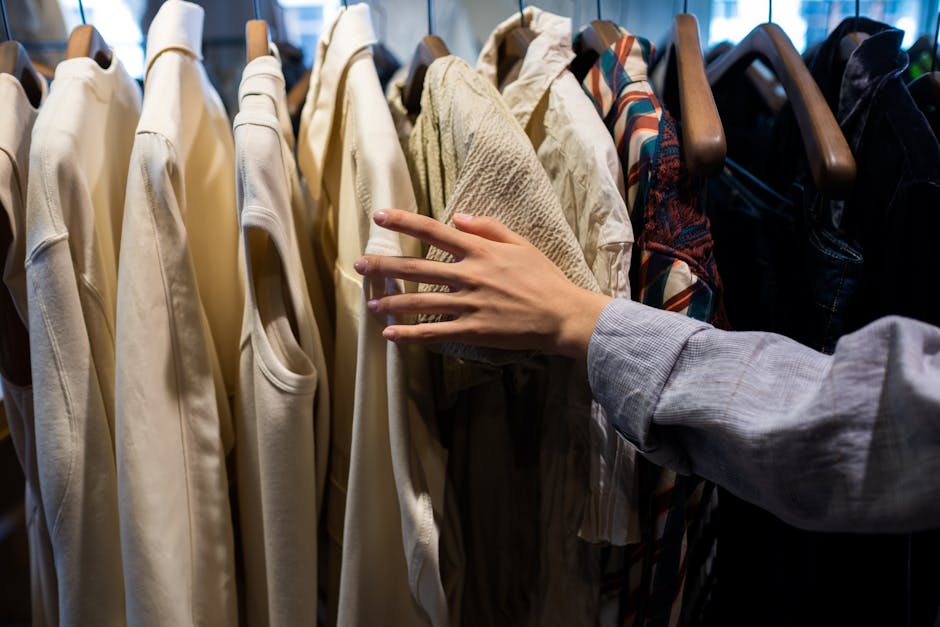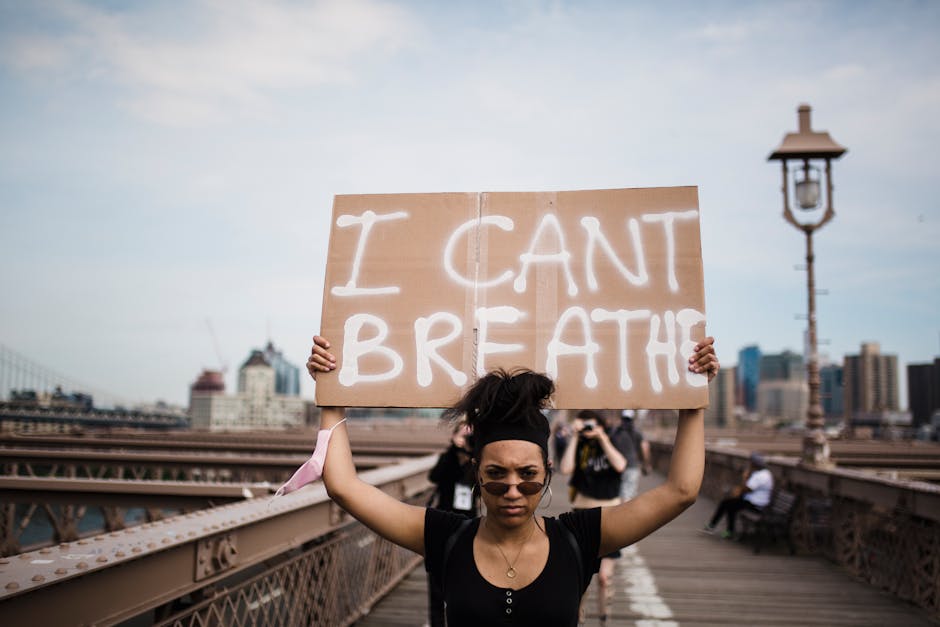Target’s Sloppy Stores Are Driving Shoppers Away—Can a Cleanup Save Its Turnaround?
Target, once celebrated for its clean, well-stocked stores, is now facing backlash over cluttered aisles, empty shelves, and declining customer service. As frustration grows, the retailer’s turnaround strategy may hinge on restoring its once-polished shopping experience.
Why Shoppers Are Fed Up With Target’s Stores
Complaints about Target’s store conditions are surging on social media and review sites. Customers report:
- Disorganized aisles and misplaced items
- Frequent out-of-stock issues
- Long checkout lines
- A shift from a “premium” feel to a discount-store vibe
“I used to love Target for its neat, inviting layout,” says Priya Sharma, a frequent shopper. “Now, it feels chaotic—like the staff is stretched too thin.”
What’s Causing Target’s Store Decline?
Retail experts blame several factors:
1. Labor Shortages & Understaffing
Stores struggle to hire and retain enough workers, leading to slower restocking and poorer customer service.
2. Inventory Mismanagement
Cost-cutting measures have backfired, leaving some stores with barren shelves while clearance sections overflow.
3. Overcrowded Product Lines
Expanding private-label brands (like Ulta Beauty and Levi’s) has cluttered some stores, confusing shoppers.
4. Rising Theft & Locked-Up Items
Increased shrinkage forces Target to secure more products behind glass, frustrating customers who need employee help for basic items.
Why Store Conditions Threaten Target’s Comeback
Target’s stock lags behind Walmart and Costco, and recent earnings show weak sales growth. While CEO Brian Cornell pushes affordability and digital growth, poor in-store experiences could undermine these efforts.
Messy stores drive shoppers to rivals like Walmart, Amazon, and dollar stores—where shelves are stocked and checkout is faster. If Target can’t fix its stores, it risks losing its reputation as a convenient, one-stop shopping destination.
How Target Can Fix Its Stores
To win back customers, Target should:
✔ Boost Staffing & Training – Better pay and retention programs could improve store upkeep.
✔ Fix Inventory Systems – Smarter supply chains and localized stock adjustments could prevent shortages.
✔ Simplify Store Layouts – Clearer signage and better organization would enhance the shopping experience.
✔ Invest in Tech – More self-checkouts, inventory apps, and AI-driven restocking could streamline operations.
The Bottom Line
Target’s brand was built on a fun, hassle-free shopping trip. To stay competitive, it must clean up its stores—both literally and operationally. The retailer’s future depends not just on big strategies but on basics: stocked shelves, tidy aisles, and happier shoppers.
If Target doesn’t act fast, even loyal customers may walk away for good.




